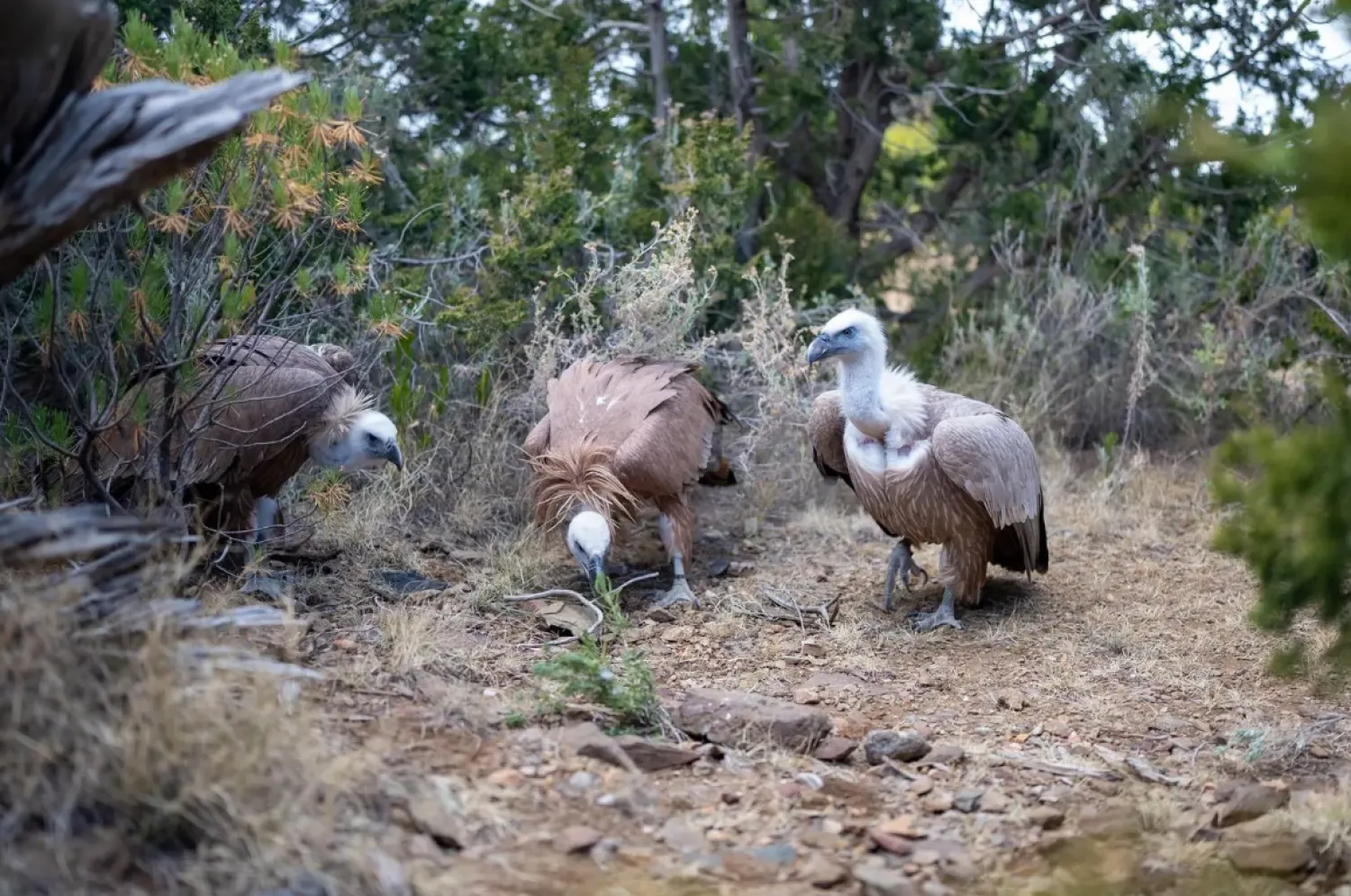Archaeologists on the German Baltic island of Ruegen have uncovered hundreds of Viking Age silver coins, including a Damascus Dirham belonging to the legendary Danish King Harald Gormsson.
The German news agency dpa reported Monday a single coin was first found by two amateur archaeologists, one of them a 13-year-old boy, in a field near the village of Schaprode in January.
Rene Schoen and his student Luca Malaschnitschenko were looking for treasure using metal detectors when they chanced upon what they initially thought was a worthless piece of aluminum.
But upon closer inspection, they realized that it was a shimmering piece of silver.
The state's archaeology office then became involved and the entire treasure was recovered by experts last weekend.
Archaeologists said that some 100 silver coins are probably from the reign of Harald Gormsson, better known as "Harry Bluetooth," who lived in the tenth century and introduced Christianity to Denmark.
He was the king of what is now Denmark, northern Germany, southern Sweden and parts of Norway.
The oldest coin found in the trove is a Damascus dirham dating to 714 while the most recent is a penny dating to 983.
The find suggests that the treasure may have been buried in the late 980s -- also the period when Bluetooth was known to have fled to Pomerania where he died in 987.
"This is the largest single find of Bluetooth coins in the southern Baltic Sea region and is therefore of outstanding importance," excavation director Michael Schirren said.









